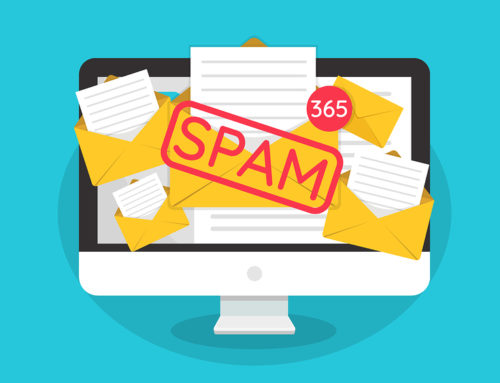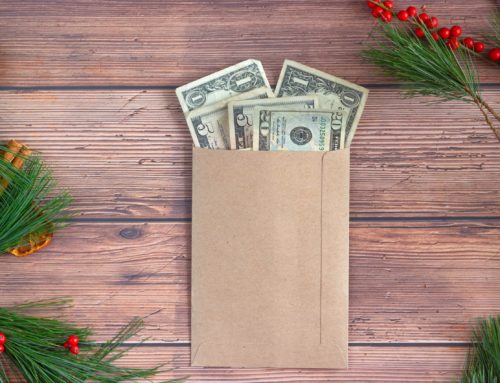
Back off, Old Man. It ain’t your time yet.
This year we didn’t even make it through Halloween before you could see decorations for sale, toys being stocked, and Christmas music playing…poor Thanksgiving doesn’t stand a chance.
I get it. After all, Christmas time is make-or-break for retailers and, boy, are they ready to get your money.
But does your nonprofit have the same mentality?
I get it. End-of-year fundraising time is make-or-break for nonprofits and, boy, are they ready to get those donations.
Unfortunately, while Target can get away with Christmas displays and Hark! The Herald Angels Sing in October, your nonprofit cannot afford to skip the act of Thanksgiving.
Whether you get a gift in November or March, it always needs to be Thanksgiving at your organization.
Here are a few tips about thanking your donors:
Understand that Thank Yous Are an Important Communications Strategy
While your grandmother may have taught you that sending a thank you letter after receiving a gift is just the polite thing to do, that’s not the only reason nonprofits need to send them. Donor retention rates are horrible, and most donors are not giving as much as they could the first time. Prompt meaningful thank yous can help better ensure a second gift more so than other types of communications.
Send a Thank You to All of Your Donors
A lot of nonprofits only send thank you letters to donors who have given above a certain amount. This is the wrong approach as most donors (numbers show as high as 75%) are not giving you as much as they could the first time around. They want to see how you treat them and what you do with their money before committing to a bigger number. A first-time gift of any amount is the beginning of a relationship. Acknowledge that relationship and nurture it.
Send Thank Yous in a Timely Manner
Now that you know thank yous are an important communications tactic, start blocking out specific times to create and manage them. Ideally you want to send them within 48-72 hours after you receive the gift. Within a week is acceptable, but anything longer than that and you risk losing the momentum you had when they gave.
Personalize Your Thank Yous
A thank you letter is not a tax receipt. In fact, unless local law requires the tax language be in the actual body of the letter, put it in the footer. You don’t want stuffy legalese in the middle of your heart-felt thanks. Your thank you should look like a personal letter from one friend to another. Use their name and yours and sign it in ink. You can use form letters, but write it in a way that welcome them and praises their generosity. Handwrite a note on the letter if you can.
Use a More Creative Opening
Ditch the predictable openings like “Thank you for your gift of…” or “On behalf of our organization…” Draw in the donor immediately by placing them front and center. Something as simple as “You made my day…” is much better. You want to draw your donor in so they read the entire letter, so use an opening that allows you to launch into a story about what their donation will accomplish.
Explain How the Gift Will Be Used
Donors need to see that their gift will make an impact. Lots of thank you letters never mention what the gift will be used for. Or they list every single program the organization has. You can give the donors a sense of what is happening at your organization without having to list everything. You don’t want donors to get the sense that their gift is lost.
For more tips on thank yous and other donor communications, become a member of our community. It’s free!






